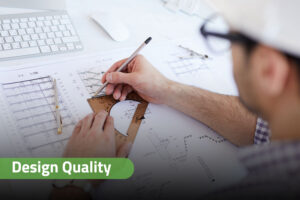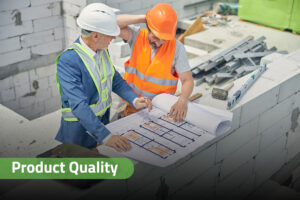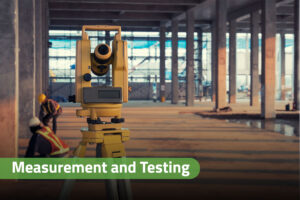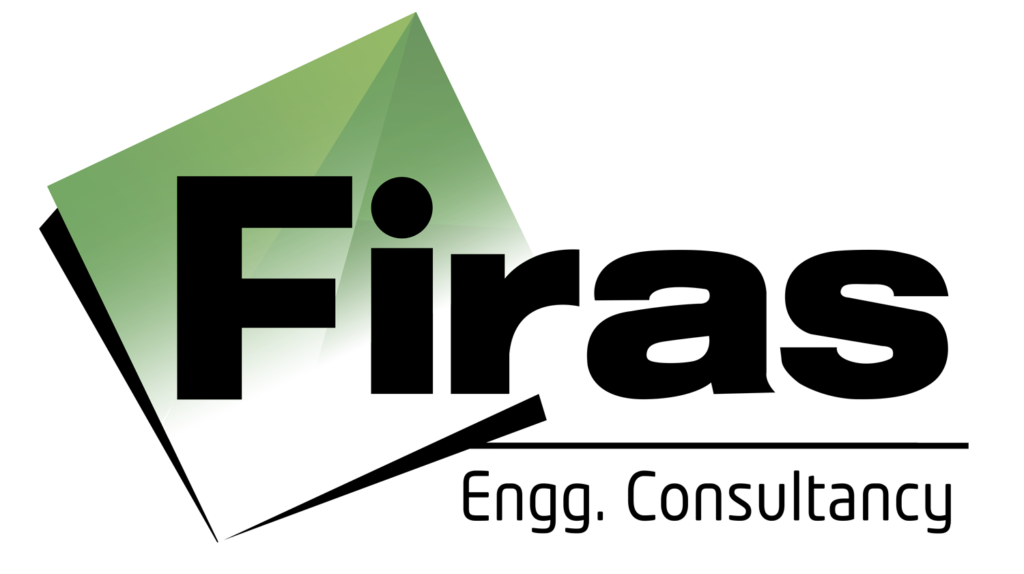Introduction:
And in the world of construction, quality assurance isn’t just about meeting specifications, it’s about building safely, reliably, and sustainably. One of the most poignant reminders of the importance of quality assurance (QA) came in 1986 when the Space Shuttle Challenger tragically exploded due to a single faulty component. While buildings and infrastructure may not reach space, the stakes are still high, as small construction flaws can lead to major structural failures and safety risks.
Today, Engineering Quality Assurance in construction is critical to ensuring that projects—from residential buildings to large commercial complexes—are completed safely and meet all regulatory standards. Effective QA throughout a project’s lifecycle can prevent costly mistakes, ensure durability, and, most importantly, protect lives.
The Evolution of Engineering Quality Assurance
Quality assurance in construction has evolved from simple inspections at the end of a project to comprehensive, lifecycle-focused processes that start at the design phase. Every material choice, construction technique, and system design is scrutinized, ensuring quality is “built-in” rather than “inspected in.” This approach was shaped by lessons learned from structural failures and construction errors, highlighting the need for a rigorous QA process that begins well before the first brick is laid.
The Three Pillars of Modern Engineering QA

1-Design Quality
Quality assurance in construction starts with design. Each building blueprint and structural calculation must be reviewed and verified to meet safety and performance standards. Advanced software like CAD and BIM (Building Information Modeling) helps architects and engineers simulate and test their designs digitally, ensuring potential flaws are addressed early.
Success Story: The Burj Khalifa in Dubai was designed and tested using advanced modeling software, which allowed engineers to foresee and solve structural challenges before construction began.

2-Process Quality
Process quality ensures consistency and precision throughout construction. From materials sourcing to daily construction processes, each step must adhere to strict guidelines to prevent variations that could compromise structural integrity.

3-Product Quality
Product quality focuses on the outcome. Every finished project must be inspected and tested to ensure it meets all standards for safety, durability, and functionality. This includes everything from structural integrity checks to environmental and energy efficiency evaluations.
The Impact of Technology on Quality Assurance in Construction
With the rise of digital technology, the construction industry has gained new tools to ensure quality:
- Real-time Data Monitoring: Modern construction projects use sensors and monitoring systems to track quality metrics in real-time, allowing for quick detection and correction of issues.
- Predictive Maintenance: AI-driven systems can predict when construction equipment or materials may fail, helping prevent quality issues before they occur.
- Digital Twin Technology: This technology creates virtual models of physical structures, allowing engineers to monitor performance and make improvements over time.
Case Study: A leading construction company used digital twins to monitor a new skyscraper’s structural performance, helping reduce costly delays and optimizing building safety.
Essential Tools and Techniques for Quality Assurance in Construction

1-Measurement and Testing
Today’s quality engineers rely on advanced testing methods, such as:
- Laser Scanning and CMMs (Coordinate Measuring Machines) for precise measurements.
- Non-destructive Testing (NDT) methods, including ultrasound and X-rays, to assess structural integrity without damaging materials.
- Environmental Chambers to test how structures withstand extreme weather conditions.

2-Data Analysis and Control
Quality decisions are increasingly data-driven, using tools like:
- Statistical Process Control (SPC) to monitor construction processes.
- Root Cause Analysis to identify and address sources of defects.
- Process Capability Studies to assess and improve building processes over time.
The Human Element in Construction QA
Even with advanced tools, human expertise remains essential in quality assurance for construction:
- Training and Certification: Skilled quality engineers and certified inspectors are crucial for maintaining high standards and staying up-to-date with new regulations and technologies.
- Cross-functional Collaboration: Communication between architects, engineers, and project managers is key to successful quality assurance, ensuring everyone understands quality requirements and adheres to best practices.
Cost Considerations and ROI in Construction QA
Although implementing QA requires investment, the benefits far outweigh the costs:
- Prevention Costs (training, process control, early design reviews) can save substantial amounts by preventing costly issues later.
- Failure Costs (repairs, rework, and legal liabilities) can be substantial without a rigorous QA system. Industry data shows that every dollar spent on QA can save many more in avoided repairs and safety liabilities.
Future Trends in Construction Quality Assurance
With evolving technology, the future of QA in construction promises greater efficiency and accuracy:
- Artificial Intelligence and Machine Learning: AI-powered systems can detect defects early and suggest process improvements.
- Internet of Things (IoT): Connected devices can monitor construction quality in real-time, providing insights and alerts for quick intervention.
- Sustainable and Resilient Design: Future QA practices will increasingly focus on sustainability, ensuring structures are built to withstand environmental challenges while minimizing ecological impact.
Conclusion
Engineering Quality Assurance is more than a checklist; it’s the foundation of safe, reliable, and sustainable construction. As construction projects grow in complexity, QA becomes essential not only for regulatory compliance but also for customer satisfaction and environmental responsibility.
Frequently Asked Questions (FAQs)
Q: What’s the difference between quality control and quality assurance in construction?
Quality control focuses on inspecting and testing completed work, while quality assurance is a proactive system that ensures quality at every stage of the construction process.
Q: What are the essential qualifications for engineering QA personnel?
Engineering QA personnel typically need technical degrees, quality certifications (ASQ, Six Sigma), and specific industry experience.
Q: How do you ensure supplier quality in engineering projects?
Through supplier qualification programs, regular audits, incoming inspection protocols, and clear quality requirements in purchasing documents.
About Firas
With over 27 years of experience, Firas Engineering Consultancy has established a reputation for excellence in engineering design, project execution, and supervision. From private villas to large-scale commercial projects, we prioritize quality, precision, and sustainability in every project, turning your architectural vision into a reality.
Contact Us for a consultation and let’s bring your vision to life with Firas Engineering Consultancy.







